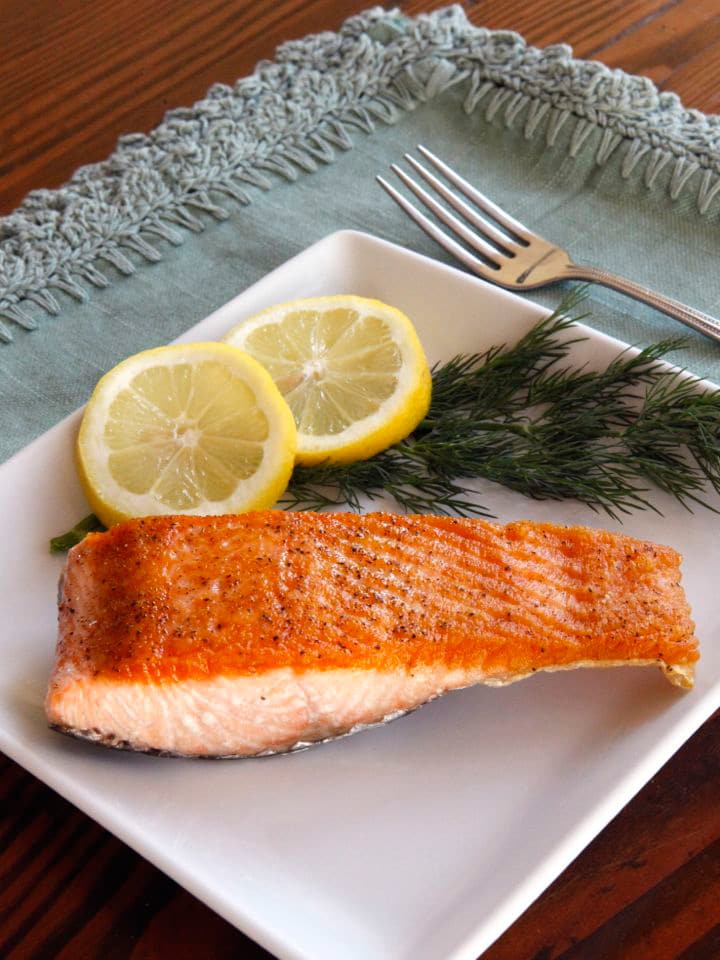Frying food may seem easy, but achieving the perfect golden crust every time can be a challenge. To help beginners master the art of frying, it is important to choose the right oil, preheat the oil, coat the food, and cook at the right temperature and time. Small pieces of food will cook faster than larger pieces, and it is essential to drain the food and clean up after frying to maintain the quality of the oil and prevent any fire hazards. Following these tips and tricks will ensure that beginners can achieve the perfect golden crust every time.
Frying Made Easy: How to Achieve the Perfect Golden Crust Every Time
Introduction
Frying food is one of the simplest and quickest ways to prepare a meal. It is a cooking technique that involves submerging food in hot oil, which creates a crispy and golden crust. While frying may seem easy, achieving the perfect golden crust every time can be a challenge. This article will provide tips and tricks to help beginners master the art of frying.
Choosing the Right Oil
When it comes to frying, choosing the right oil is essential. Some oils have a low smoke point, meaning they start to smoke at high temperatures, and can burn the food. Other oils may have a strong flavor that can overpower the taste of the food. The ideal oil for frying is one with a high smoke point and a neutral flavor. Some good options include canola oil, vegetable oil, peanut oil, and sunflower oil.
Preheating the Oil
Preheating the oil is crucial to achieving a golden crust. If the oil is not hot enough, the food will absorb the oil and become greasy. To test if the oil is hot, drop a small piece of bread or batter into the oil. If it sizzles and turns golden brown in a few seconds, the oil is ready. If the bread or batter sinks to the bottom and does not sizzle, the oil needs to be heated more.
Coating the Food
Coating the food is another essential step in achieving a perfect golden crust. The coating helps to protect the food and creates a barrier between the oil and the food. The most common coatings for frying are flour, breadcrumbs, and batter. Flour creates a light and crispy crust, while breadcrumbs create a more substantial and crunchy crust. Batter is a thick mixture of flour, egg, and milk or water that creates a thick and crispy crust.
Cooking Time and Temperature
Cooking time and temperature can make or break your fried food. Overcooking can cause the food to be dry and tough, while undercooking can result in a soggy and oily mess. The ideal temperature for frying is between 350°F and 375°F. Cooking time will depend on the size and thickness of the food. Generally, small pieces of food will cook faster than larger pieces.
Draining the Fried Food
After frying, it is essential to drain the food to remove excess oil. Excess oil can make the food greasy and heavy. To drain the food, place it on a paper towel-lined plate or rack to remove any excess oil. Let the food cool for a few minutes before serving.
Cleaning Up
Cleaning up after frying can be messy, but it is essential to maintain the quality of the oil and prevent any fire hazards. Remove any debris from the oil and let it cool before storing it. Dispose of any used oil properly. Wipe down the frying pot or pan with a paper towel to remove any excess oil before washing it with soap and hot water.
Conclusion
Frying can be a quick and easy way to prepare a meal. By following these tips and tricks, beginners can achieve the perfect golden crust every time. Remember to choose the right oil, preheat the oil, coat the food, cook at the right temperature and time, drain the food, and clean up. Happy frying!
